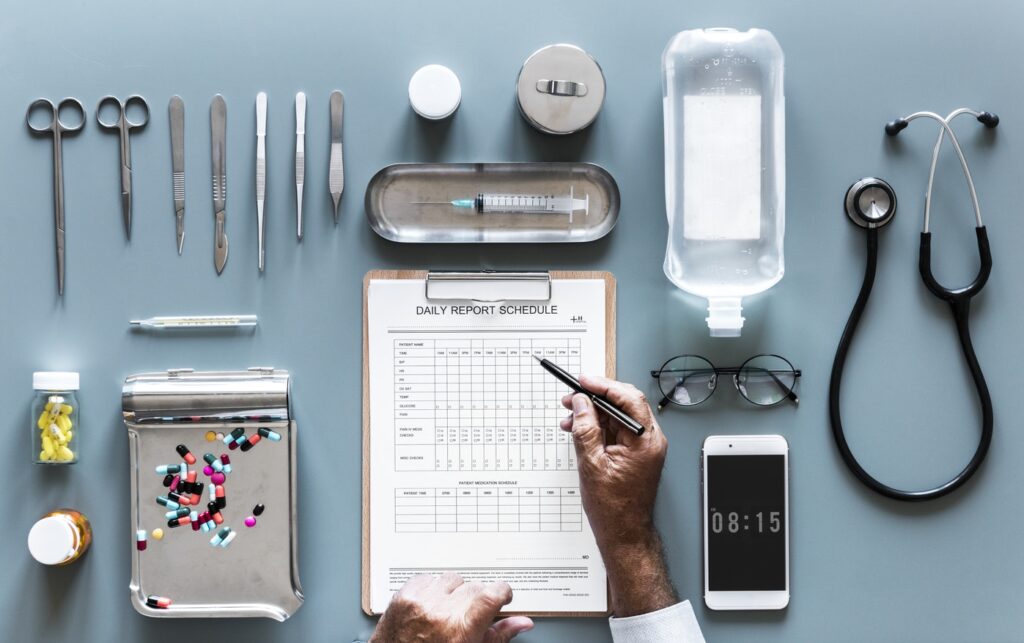
A.M medical equipment management
Equipment Inventory Management:
- Asset tracking and documentation of all medical equipment.
- Database management to keep track of equipment details, including serial numbers, maintenance history, and location.
Preventive Maintenance:
- Scheduled inspections and maintenance to prevent equipment failures.
- Calibration and performance testing to ensure accuracy and reliability.
Corrective Maintenance:
- Prompt response to equipment failures and breakdowns.
- Repairs and replacements of faulty components to restore equipment functionality.
Risk Management:
- Identification and assessment of potential risks associated with medical equipment.
- Implementation of measures to mitigate risks and ensure patient safety.
Regulatory Compliance:
- Adherence to local and international regulations and standards (e.g., FDA, ISO) governing medical equipment.
- Documentation and reporting to demonstrate compliance.
Training and Education:
- Training healthcare staff on the proper use and handling of medical equipment.
- Educational programs on safety protocols and equipment troubleshooting.
Technology Assessment and Planning:
- Evaluation of new technologies and their suitability for the healthcare environment.
- Strategic planning for equipment upgrades and replacements.
Data Management and Reporting:
- Maintenance of comprehensive records and reports on equipment status and history.
- Generation of performance metrics and reports for analysis.
Vendor Management:
- Collaboration with equipment vendors for repairs, upgrades, and procurement.
- Negotiation of service contracts and warranties.
Environmental and Sustainability Initiatives:
- Implementation of eco-friendly practices for equipment disposal.
- Energy efficiency assessments and recommendations.
Equipment Decommissioning and Disposal:
- Proper disposal of outdated or non-functional equipment in compliance with regulations.
- Secure data erasure for devices that store patient information.
Emergency Response Planning:
- Development of contingency plans for unexpected equipment failures.
- Rapid response and temporary solutions during emergencies.
These services collectively contribute to the effective management of medical equipment, ensuring its reliability, safety, and compliance with regulatory standards. Healthcare facilities often engage with specialized medical equipment management companies or have in-house teams dedicated to these tasks.

